ANTONIO MAIRENA
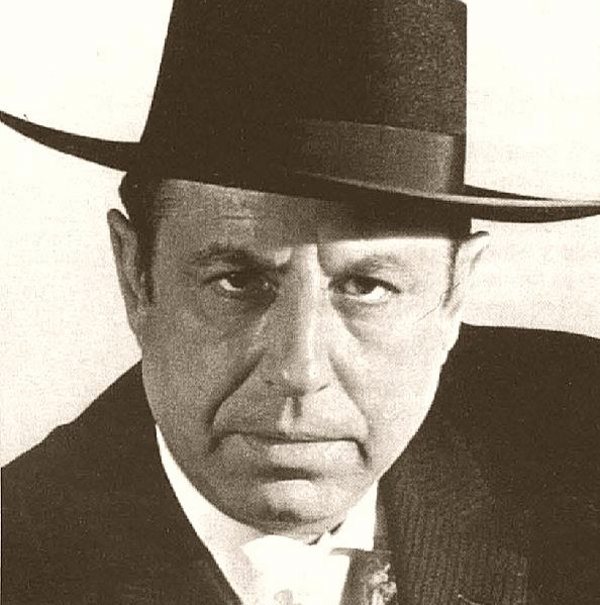
Biography
Antonio Mairena (7-Sep-1909 , 5-Sep-1983) Spain
Antonio Mairena, Antonio Cruz García, was born in Mairena del Alcor on the 7th of September 1909 He grew up in the heart of a gypsy family closely linked to great artists of the era Not surprisingly that his father was a very good friend of Manuel Torre, Joaquín el de la Paula or El Gloria
It is said that he was discovered, when, at a party celebrated in Mairena for the dancer Faíco, the boy came out to sing ‘tangos´ by Pastora Imperio, «Soy grande con ser gitano» -I´m great being a gypsy- He wanted to participate in the Granada Competition in 1922, but his father wouldn´t let him due to the lack of money However, two years later, in 1924, another contest was celebrated in Alcalá de Guadaira which helped Antonio to appear on stage for the first time He was fifteen years old and sang ‘seguiriyas´ and ‘soleares´
Joaquín el de la Paula gave him the first prize, of 20 duros, five peseta pieces (0,60 euros) He began to be known as Niño de Rafael and in 1930 he was known as Niño de Mairena He attempted to meddle in the flamenco operas, but didn´t manage it, for which reason he became involved in the festivals in the Alameda de Hércules, where he met great artists He stood out at first for his performance of ‘saetas´, which he never managed to record, and he set up a tavern in Mairena
On the arrival of the war, Antonio Mairena refused to be Carmen Amayas´ singer, who started a tour through America, and stayed in Sevilla After the war, he recorded his first albums along side the guitarist Esteban Sanlúcar for La Voz de su Amo He meant to record ‘seguiriyas´, ‘soleares´, ‘alegrías´, ‘bulerías´ and ‘tangos´, but the record company obliged him to sing ‘fandangos´ and ‘cuplés por bulerías´ Afterwards he began his era as a singer for dances
He worked for Pastora Imperio in the ‘tablao´ La Capitana in Madrid On finding out that Carmen Amaya had returned to Spain he went to find her and she invited him to sing for her on various occasions
Later he went on tour with Teresa and Luisillo throughout America, and in the forties, thanks to Juanito Valderrama, Antonio el Bailarín, took him on proportioning him with definitive recognitionIn this manner we reach 1962, year in which he was awarded the Third Golden Key of Song, just two years after the death of its previous owner, Manuel Vallejo
Thanks to this award, which he achieved under the wing of the poet Ricardo Molina, he became an established artist and began to be in demand in all the forums He also turned into a theorist along with the cited poet, writing Mundo y formas del cante flamenco where he establishes the gypsy-Andalusian aspects of the ‘jondo´ art, to justify the supremacy of the artists of his race, thanks to what he called «Razón incorpórea»- incorporeal reason-After recording numerous anthologies of the basic songs which he recreated from fossilised styles, he died in September 1983
Fuente: http://www.andalucia.org



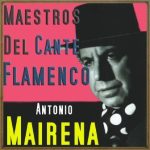 Maestros del Cante Flamenco: Antonio Mairena
Maestros del Cante Flamenco: Antonio Mairena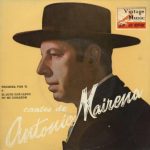 Antonio Mairena, Antonio Mairena
Antonio Mairena, Antonio Mairena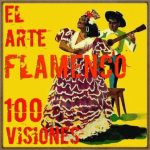 100 Visiones de "El Arte Flamenco"
100 Visiones de "El Arte Flamenco"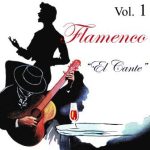 Vintage Flamenco Cante
Vintage Flamenco Cante



